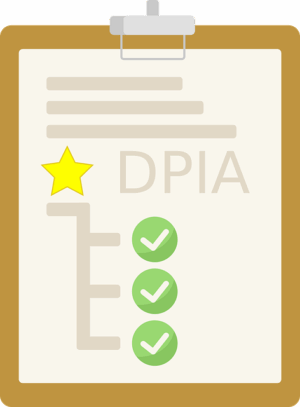Enrollment certificates are vital for verifying academic achievements globally, acting as key documentation during higher education applications domestically and abroad. Untranslated certificates cause significant delays in the admission process for international students, impacting diverse linguistic backgrounds. Accurate translated enrollment certificates bridge language gaps, ensuring qualifications are properly evaluated and accepted by overseas institutions, simplifying verification processes, speeding up enrollments, enhancing administrative efficiency, and fostering an inclusive academic environment. Implementing seamless translation processes using advanced technologies and professional translators is crucial for educational institutions aiming to attract international students and meet global enrollment standards.
Meet application requirements with translated enrollment certificates, a crucial step for international students aiming to study abroad. This article delves into the significance of enrollment certificates and their role in global education. We explore challenges posed by untranslated documents and highlight the benefits of using certified translations. Additionally, we provide practical guidance on implementing a seamless translation process for educational institutions, ensuring compliance and a smoother admissions experience.
- Understanding Enrollment Certificates and Their Role
- Challenges in International Education with Untranslated Documents
- The Benefits of Using Translated Enrollment Certificates
- Implementing a Seamless Translation Process for Educational Institutions
Understanding Enrollment Certificates and Their Role
Enrollment certificates hold significant value as official documents that verify academic achievements and qualifications. They play a pivotal role in the enrollment process for higher education institutions, serving as proof of completion for various programs. These certificates are essential when applying for universities or colleges abroad, as they ensure that international students meet the required criteria.
In today’s globalized educational landscape, many applications demand translated enrollment certificates to facilitate cross-border accessibility. Accurate translations are crucial, ensuring that institutions worldwide can assess and recognize academic credentials. This process bridges communication gaps between different educational systems, allowing students to navigate diverse requirements with ease.
Challenges in International Education with Untranslated Documents
International education presents unique challenges for students aiming to enroll in foreign universities, particularly regarding documentation. Untranslated enrollment certificates often stand as significant obstacles, causing delays and complications in the admission process. Many educational institutions require official transcripts and academic records to be submitted in their native languages, which can be an issue for students from diverse linguistic backgrounds.
This lack of translation may lead to misunderstandings and errors in evaluation, especially when crucial details are left uncommunicated. Translated enrollment certificates play a vital role in bridging this gap, ensuring that academic qualifications are accurately represented and accepted by overseas institutions. They facilitate a smoother transition for international students, enabling them to focus on their studies rather than navigating bureaucratic hurdles.
The Benefits of Using Translated Enrollment Certificates
Using translated enrollment certificates offers numerous advantages for both educational institutions and students, especially in today’s globalized education landscape. One of the key benefits is the removal of language barriers, allowing non-native speakers to present their academic credentials with ease. This accessibility ensures that international students can seamlessly enroll in courses or programs without facing delays or complications due to language differences.
Additionally, these translated documents enhance administrative efficiency. Institutions can quickly verify the authenticity and validity of the certificates, streamlining enrollment processes. This not only saves time but also reduces potential errors associated with manual translation efforts. As a result, students can gain faster access to their educational opportunities, fostering a more inclusive and welcoming academic environment.
Implementing a Seamless Translation Process for Educational Institutions
Implementing a seamless translation process is crucial for educational institutions aiming to meet global enrollment standards. With an increasing number of international students seeking education abroad, ensuring that enrollment certificates are accessible and understandable in various languages is essential. This involves employing advanced translation technologies and hiring professional translators who specialize in academic documentation.
The process should start with accurate and certified translations of academic records, including diplomas, transcripts, and identity documents. Educational institutions can partner with reliable translation services to streamline this task. Automated translation tools can provide initial drafts, but human experts are vital to refine the output, ensuring accuracy and cultural sensitivity. This collaborative approach guarantees that enrollment certificates not only meet legal requirements but also offer a positive first impression for prospective students from diverse linguistic backgrounds.
In today’s global educational landscape, understanding and meeting enrollment certificate requirements is paramount. By translating these documents, institutions can overcome international education challenges, ensuring a smoother process for students worldwide. The benefits are clear: enhanced accessibility, improved communication, and a more inclusive learning environment. Implementing a seamless translation process not only simplifies admissions but also paves the way for diverse student bodies to contribute their unique perspectives, ultimately enriching the educational tapestry for all.
